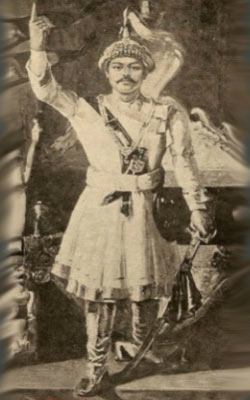
In Buddhist Cosmology, according to the Nepalese tradition, Swayambhunath or the Self Existing Lord, also known as Adi Buddha has never left his heavenly abode. And neither the Five Buddhas of Eternal Meditation or Pancha Dhyani Buddha, as they are known to the Nepalese believers. However, except their names, the colour of their aura and the cardinal direction they face when represented in a temple, we …








